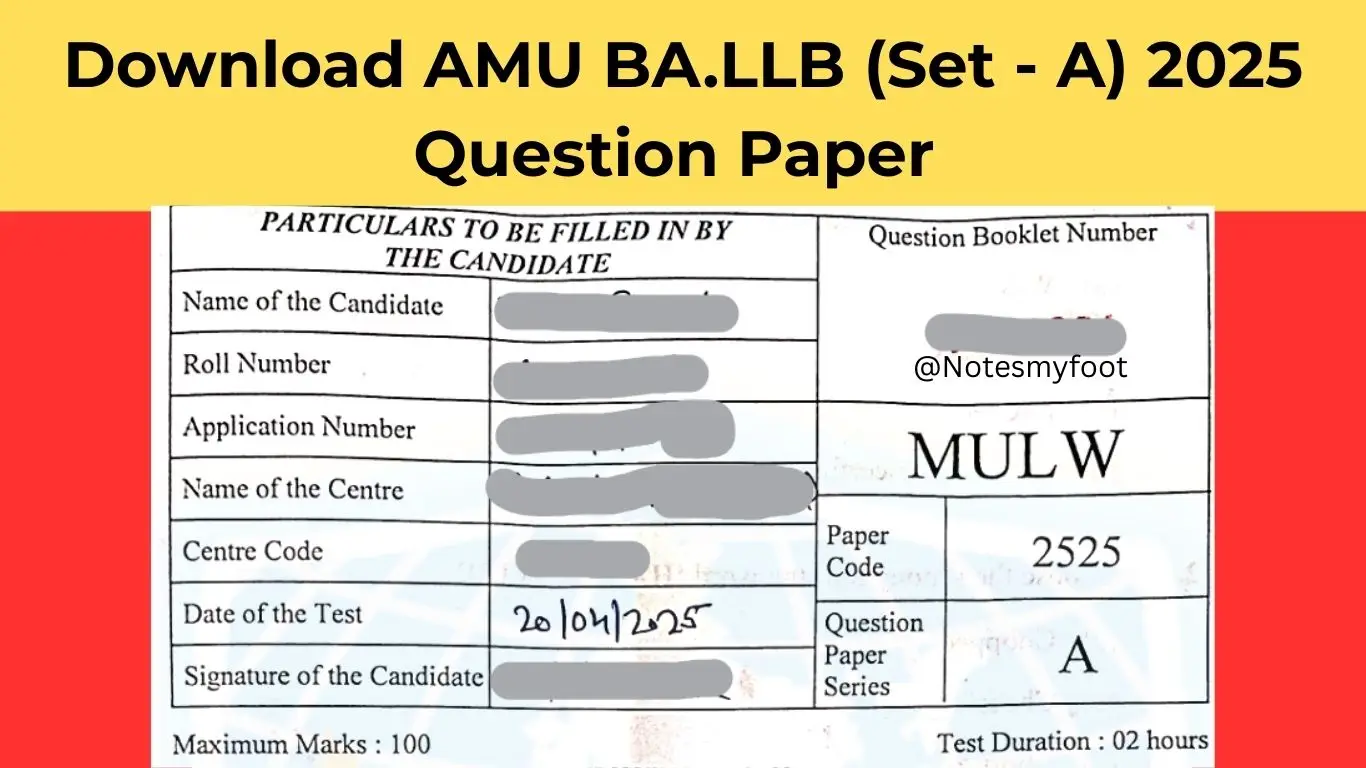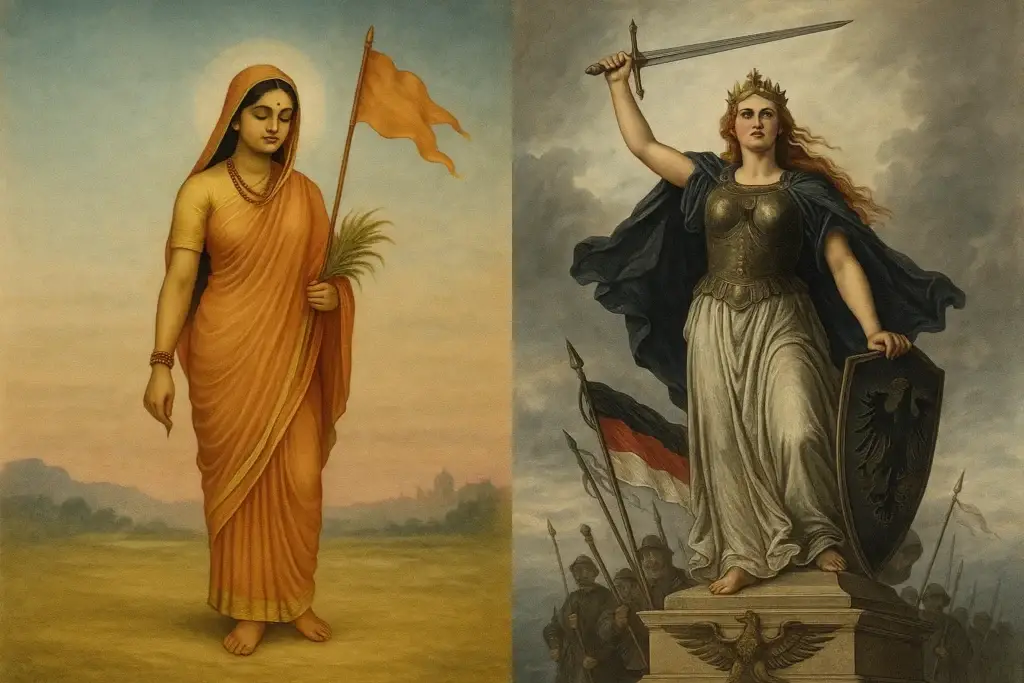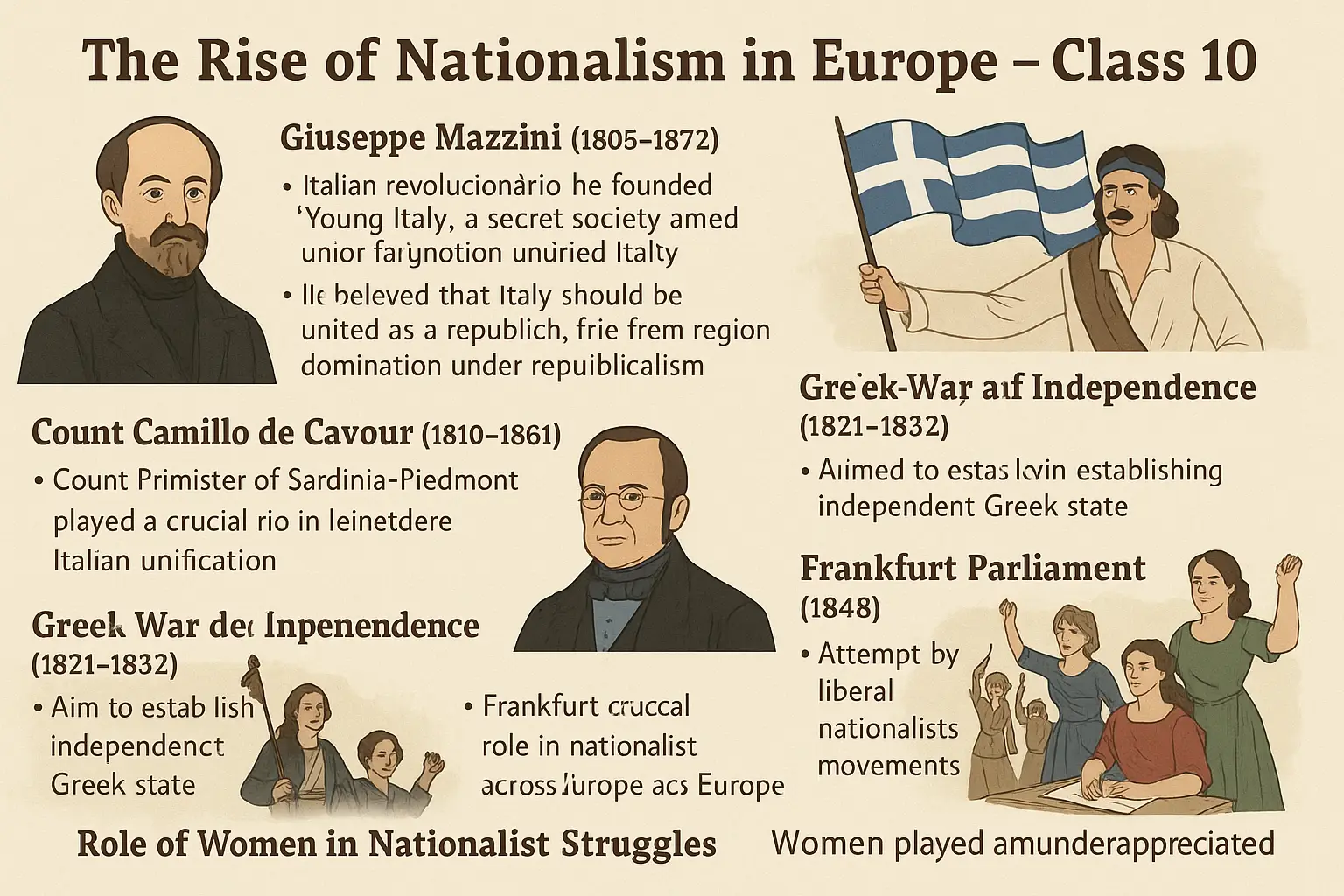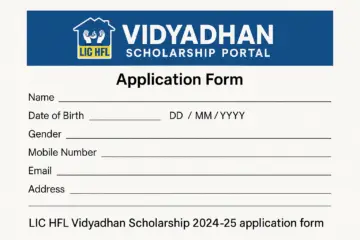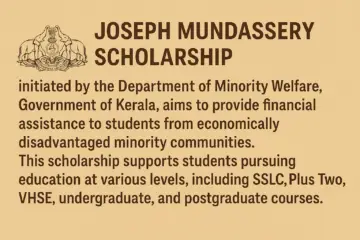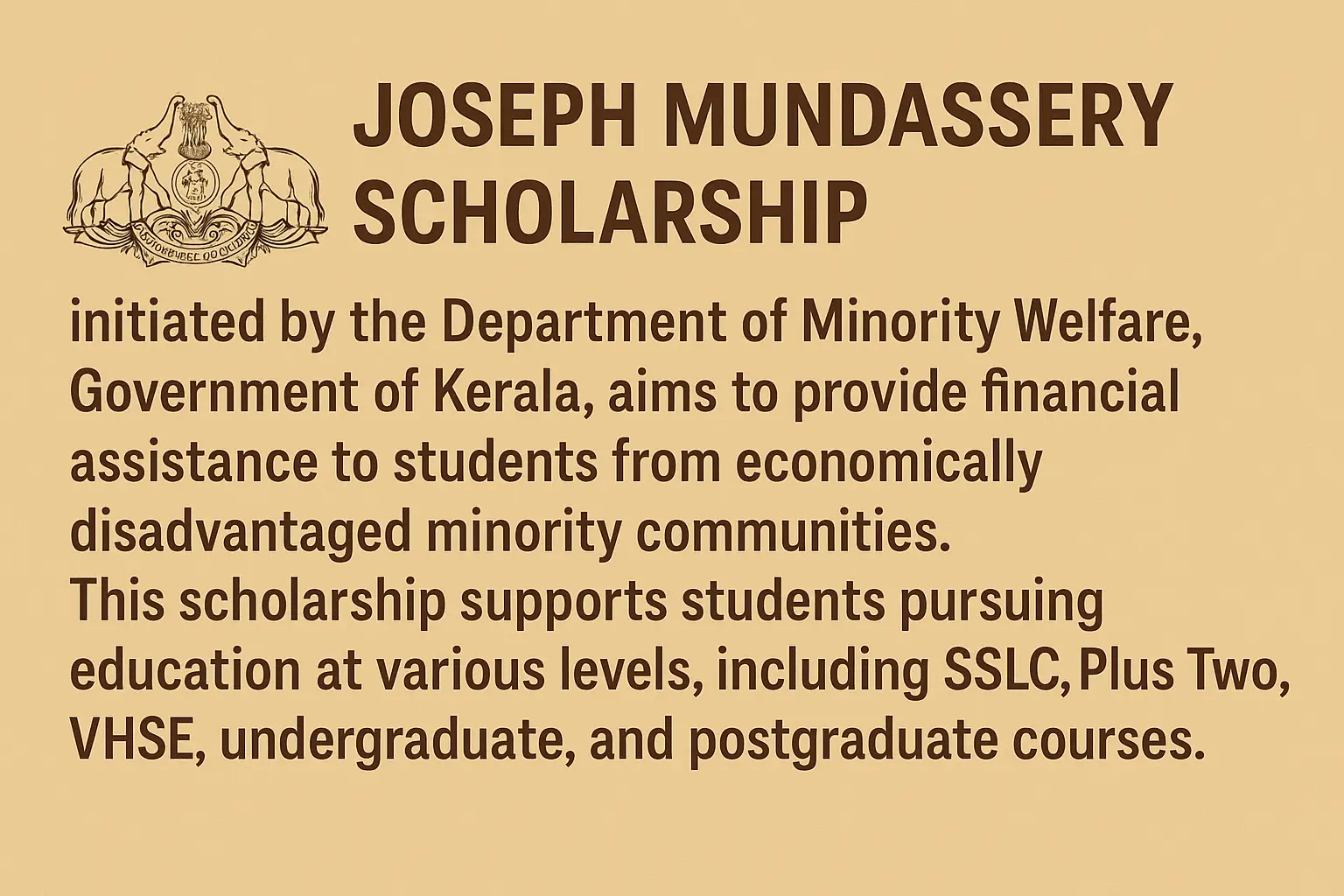Tata Capital Pankh Scholarship 2025: Eligibility, Benefits & Application Guide
Education is one of the strongest tools for empowerment, yet many talented students in India face financial struggles that stop them from pursuing higher studies. To support such bright minds, Tata Capital Limited continues its noble initiative—the Tata Capital Pankh Scholarship 2025. This scholarship program aims to provide wings to the dreams of deserving students by helping them overcome financial barriers.
In this blog, we’ll cover everything you need to know—eligibility, benefits, documents required, and how to apply online for the Tata Capital Pankh Scholarship 2025.
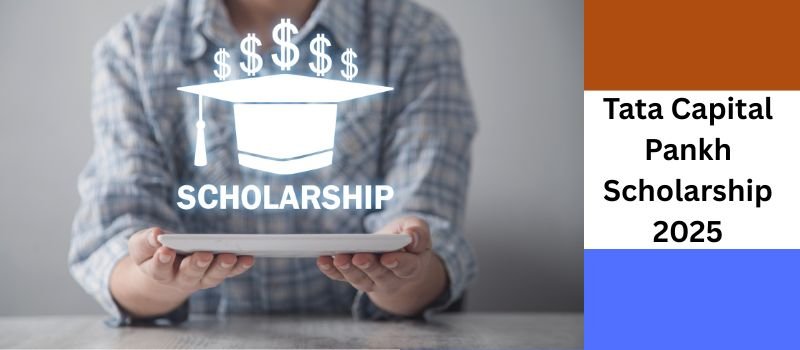
What is the Tata Capital Pankh Scholarship?
The Pankh Scholarship is a CSR initiative of Tata Capital Limited. Launched to support economically weaker students across India, the program provides financial aid for school, diploma, undergraduate, and professional courses.
By offering this assistance, Tata Capital empowers underprivileged students to continue their education and build a strong foundation for their careers.
Key Features of Tata Capital Pankh Scholarship 2025
- Financial aid for students from Class 6 to post-graduation
- Coverage for school, college, diploma, and professional studies
- Preference given to economically weaker families
- Merit-based selection combined with financial need
- Online application process for easy accessibility
Also see : AMU Scholarship and Financial Aid
Eligibility Criteria for Tata Capital Pankh Scholarship 2025
To apply successfully, students must meet the following conditions:
General Eligibility
- The student must be an Indian citizen.
- Applicants must belong to economically weaker families with an annual income generally below ₹4,00,000 (exact limit may vary by category).
Academic Eligibility
- Class 6–12 students enrolled in recognized schools.
- Undergraduate and postgraduate students pursuing professional or general courses.
- A minimum of 60% marks in the previous academic year.
Benefits of Tata Capital Pankh Scholarship
The scholarship amount varies depending on the course and level of study. Typically, selected students receive ₹10,000 to ₹50,000 to cover tuition fees, books, and other educational expenses.
This financial support reduces dropout rates and encourages students to achieve their academic and career goals without financial stress.
Documents Required for Application
Applicants need to prepare the following documents before applying:
- Recent passport-size photograph
- Aadhaar Card or other valid ID proof
- Income certificate of the family
- Previous year’s mark sheet
- Current year’s admission proof (admission receipt/ID card)
- Bank account details of the student
How to Apply for Tata Capital Pankh Scholarship 2025?
The application process is simple and completely online:
Step-by-Step Guide
- Visit the official Tata Capital Pankh Scholarship portal or trusted partner sites like Buddy4Study.
- Register with a valid email ID and mobile number.
- Fill in the application form with personal, academic, and financial details.
- Upload the required documents.
- Submit the application and note the application ID for future reference.
Selection Process
The selection is merit-cum-means based. After application submission:
- Shortlisting is done based on academic performance and financial need.
- Telephonic or in-person interviews may be conducted.
- Final scholarship awardees are announced and funds are disbursed directly to the student’s account.
Important Dates for 2025
- Application Start Date: Expected in January 2025
- Last Date to Apply: Likely by March 2025
- Result Announcement: Between April–May 2025
(Note: Dates may vary; always check the official website for updates.)
Why Should You Apply for Tata Capital Pankh Scholarship?
- Reduces financial burden on families
- Encourages higher education and career advancement
- Provides equal opportunity for talented but underprivileged students
- Enhances student confidence and motivation





